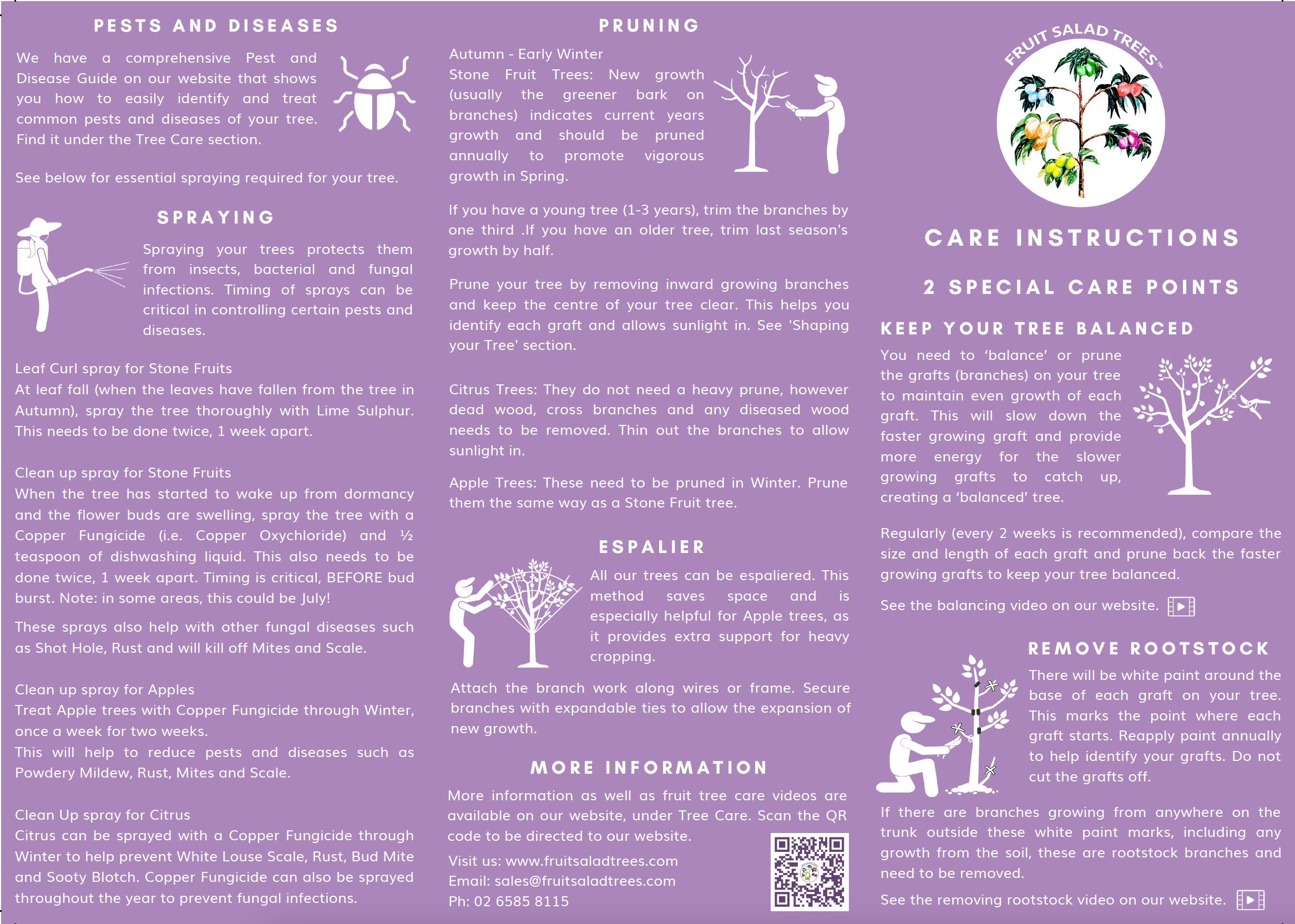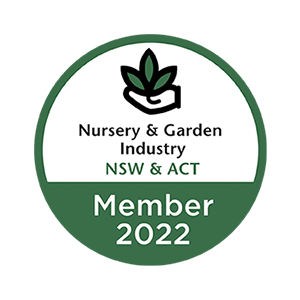Our trees are sent around Australia with Australia Post. They are shipped in specially designed boxes, that allow light and air circulation. This method of delivery has proven to be very satisfactory over the many years (20+) we have been shipping.
We ship out all orders (except WA/TAS) including Express Post, on Tuesday each week. Please have your order in by Tuesday 9AM to be included in the dispatch. An Express Post option is available for an additional cost. See Shipping options during Checkout.
Note: If EXPRESS POST is selected, your tree will be shipped out during our normal weekly dispatch day (Tuesday) but will go Express Post, not normal Parcel Post.
WA & TAS orders
Some states (WA and TAS) require an Inspection Certificate from the Department of Agriculture. The cost of an Inspection Certificate is $29.90 per shipment (not per tree). An Inspection Certificate will be automatically added to your Cart when you tick the check box under the cart indicating your trees will be shipped to WA or TAS. WA and TAS dispatches are scheduled for the start of each month.
If Express Post is selected for WA and TAS orders they will be shipped out as part of the once a month dispatch (start of each month) but go as Express Post not normal parcel post.
Note: Dispatch day may change if we are attending a Garden Show.
Free pick up (local delivery)
You can pick up your order from the Liberty Petrol Service Station, 101 Mooney Street at Telegraph Point NSW 2441 on Wednesday - Friday (7.00am - 6.00pm). Please note that you cannot pick up your tree from our nursery.
What happens if my plants are damaged in transit?
The majority of our trees arrive in perfect condition as we hand pack our trees in specially designed boxes for shipping. In rare cases the plants may be damaged. We will act in good faith to explain how to revitalise your tree. Please contact sales@fruitsaladtrees.com in this case.
Coronavirus/COVID19 Update
We have very strict processing as far as hygiene is concerned whilst packing the trees into their boxes. We don’t have control of the handling of those boxes once they enter Australia Post system so we recommend that the customer wears gloves to unpack the trees or wipe over the box with a disinfectant mixture before handling the box to open it. Australia Post has advised that there may be extended delivery times. To minimise the risk of contracting or spreading coronavirus, all parcels will no longer require a signature for delivery and/or collection.
In all cases, whether a driver or postie delivers to the door or a customer goes in to their local Post Office to collect a parcel, Australia post staff members will ask and record the customer’s name and sign on their behalf.








